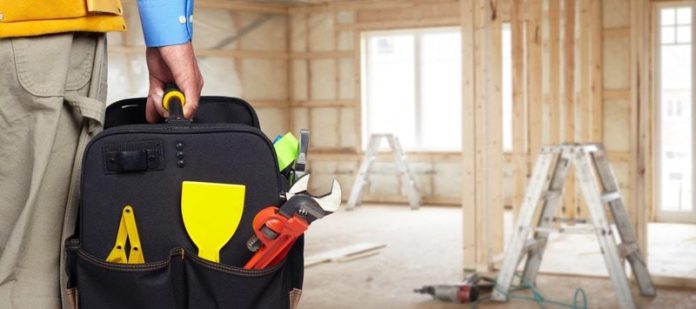Conjure up an image of the stereotypical tradesman, and they’re likely to have a hammer in one hand and a tool box in the other. But as our ever-innovative 21st century races on, a new trend has emerged among those who can’t get their jobs done every day without a way to transport and protect their favourite array of hand tools. Should you or your workplace be considering the switch to a tool bag, too?
Ask yourself this: What’s that tool box for, anyway? Obviously it’s a sturdy and convenient way to organise an uncluttered daily selection of the most critical tools – with a couple of obvious downsides. In most cases that toolbox is heavy, with substitutes for metal materials like reinforced plastic all too prone to breakage. Secondly, the small and singular handle can also make it awkward to carry about. Still, if you told a tradesman that he might simply consider switching over to a modern tool bag, the answer might be something along the lines of: “No, I’m not a school kid.” And fair enough.
It’s simply a fact, however, that tool bags are not a brand new phenomenon. Over 100 years ago in Japan, a simple bag was the clear winner for trade and craftsmen to carry around their hand tools on the handlebars of a bicycle.
Fast forward to today, and the modern tool bag is more than capable of going toe-to-toe with the tool box in terms of tool organisation, easy access, tool organisation, security and protection. And as for comfort, ease of use, ease of transport, product diversity and special features, it is more than clear that the tool bag revolution is here.
Why make the switch?
1: Comfort
Even the modern toolbox is essentially stuck with its single-hand carry configuration, and therefore can never hope to compete with the comfort and convenience of a toolbag. That is especially the case for industries and jobs that call for safe and secure manual transport over longer distances, as the tool bag can feature multiple handles in various locations and configurations, including shoulder straps and back-pack layouts. The latter toolbag types can even be used on the actual job whilst strapped to the body or back, keeping the tradie’s hands completely free to reach for the next tool at any moment.
2: Tool organization
An open toolbox can make the right tool easy to spot and access, and various compartments make organisation a breeze. But peek into the latest generation of toolbags and the incredible diversity of pockets, compartments, pouches, chambers, slots (and more) in all different shapes, sizes and capacities simply cannot be overstated. They’re located on both the interior and exterior, some are closed and some are unclosed, some hold specific individual tools for easy access whilst others can be safely ferreted away. In other words, the sky is the limit.
3: Water resistant
While the tool box is typically made of impermeable hard metal or plastic materials, the rigid nature means that exposure to enough moisture will result in soggy tools – including the ones that must be kept dry. If water and damp is an issue, toolbags can be made of waterproof or at least water-resistant materials and constructions, with the designs vastly superior to a box with a lid in terms of keeping those tools strictly dry.
Additionally, a tool bag:
* Is more flexible
* Takes up less space
* Weighs less
* Is less likely to be damaged when dropped.
Are you ready to start browsing the vast next-generation range of toolbags? The best selection for you will depend on the industry, the tool types and the most appropriate layout, size and configuration, so don’t hesitate to get in touch with our industry guides for assistance and advice.






